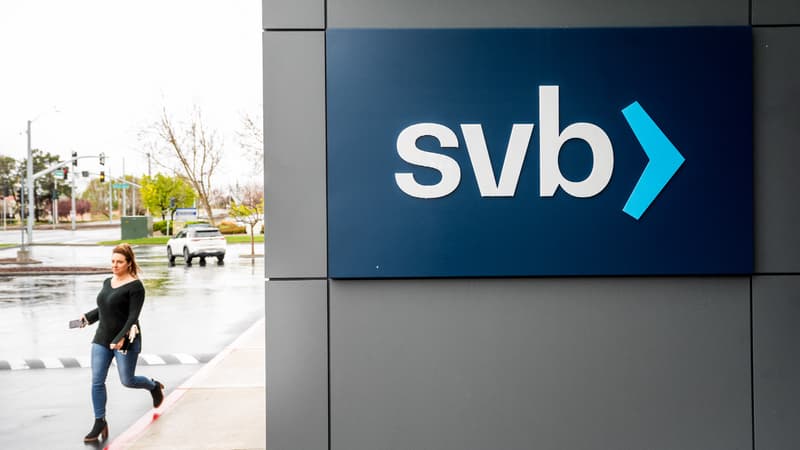The sudden fall of California’s Silicon Valley Bank, which has rocked financial markets and worried tech companies for several days, exposes the weaknesses of US banking regulation.
The United States gets rid of certain rules that date from the 2008 crisis
In the United States, as in Europe, very strict rules were put in place after the 2008 crisis to regulate the banking system and prevent a bank failure from spreading throughout the economy.
If in Europe these rules have never been questioned since then, in the United States, on the other hand, they were largely broken down under the administration of former Republican President Donald Trump.
In fact, in 2017, the US Congress decided to lower the surveillance thresholds with the result that only the largest US institutions, those whose balance sheet exceeds $250 billion, are considered systemic and, in fact, subject to surveillance. strict.
SVB fell through the cracks
Thanks to this regulatory change, SVB, which had $209 billion in assets, was able to go under the radar.
The questions are many. SVB’s balance sheet had grown enormously in a short time and the bank had invested this money in government bonds, but these were not protected against the risk of rising rates. How come the US Federal Reserve didn’t see or react to the risk views?
This question also fuels the panic movement: investors believe that if one establishment has flown under the radar, others may also escape the scrutiny of regulators.
Source: BFM TV


